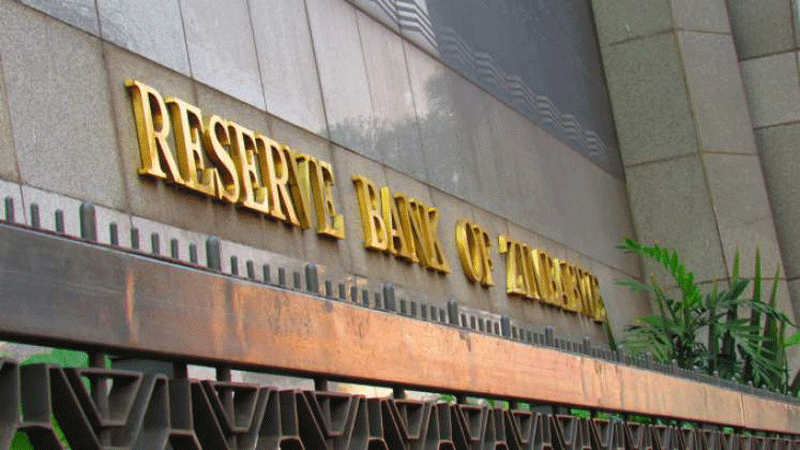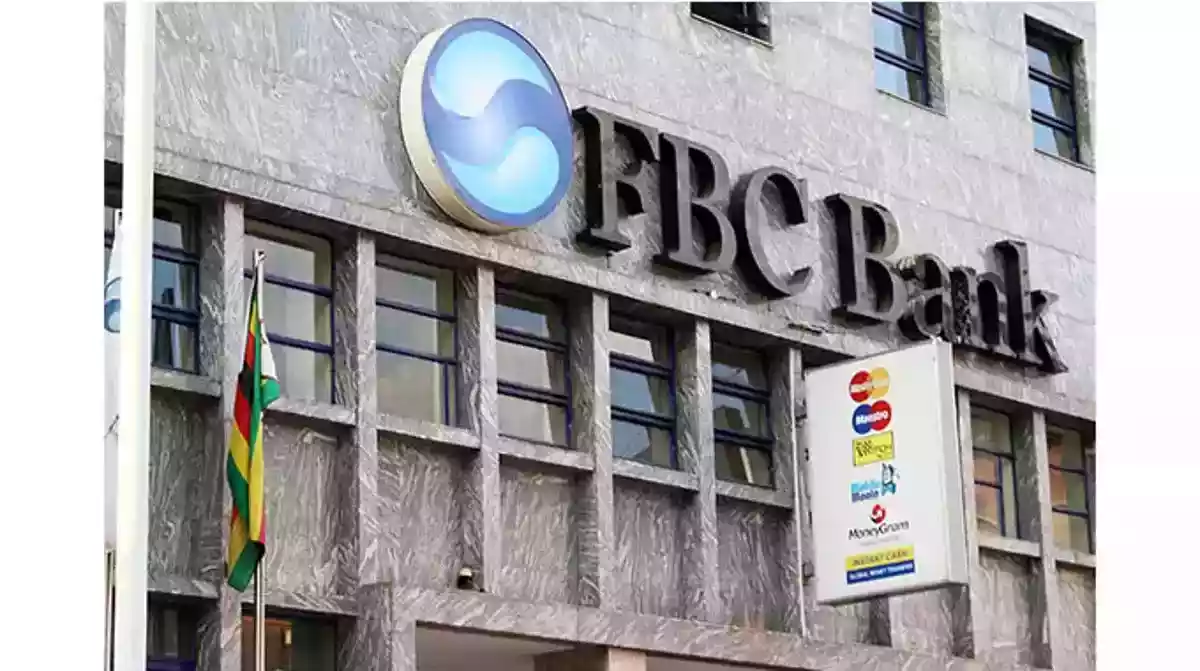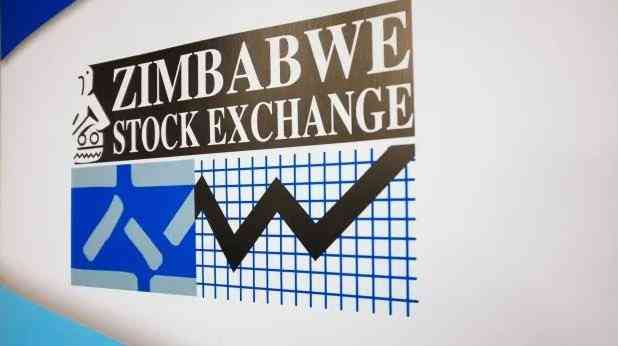
LAST week this column reviewed economic performance for September 2023 where it was highlighted that Zimbabwe dollar (ZWL) inflationary pressures remain highly elevated largely due to prevailing weak economic sentiment.
Market trust in the Reserve Bank of Zimbabwe’s (RBZ) monetary policies and confidence in the banking sector has been plummeting significantly since 2019.
Amid the retreating ZWL, the government recently indicated that it is planning to dump the multicurrency regime. Therefore, this week I seek to establish whether Zimbabwe is ready for a mono-currency regime or not.
Mono-currency rationale
A mono-currency regime entails the use of the Zimbabwe dollar as the sole legal tender for the settlement of all debts, both private and public. In the Southern African Development Community (Sadc) region, only Zimbabwe is following a multicurrency led by the use of the US dollar (USD).
The latest consumer spending survey by ZimStat, the official statistics agency, established that about 80% of domestic transactions are conducted in USD with the balance settled in ZWL.
A fortnight ago I highlighted in this column that dollarisation disadvantages Zimbabwe relative to her regional peers as domestic firms are rendered uncompetitive. The use of a strong currency on global demand by a small country reduces it into a supermarket economy. This is because unsustainable import bills eliminate domestic manufacturing and kill jobs.
With a mono-currency regime, Zimbabwe will enjoy monetary policy autonomy by printing the ZWL whenever the need arises.
- Adventurous RBZ: Finding a balance becoming a tall order
- Ceteris Paribus: ZSE best performing bourse in Africa: A myth?
- Is Treasury on right path on additional measures?
- Moribund Zimdollar: It’s time for a new currency
Keep Reading
During periods of severe economic downturns, major bank runs, or natural disasters, mono-currency regimes can seek relief from their money printing rooms.
This option will be unavailable if foreign currency is used instead. For such scenarios, one of the viable solutions will be public borrowing either locally (increases interest rates thus crowding out the private sector) or externally (increases the default risk and being in another country’s pocket ruins credit ratings).
Another unsustainable solution for monetary authorities following a multi-currency regime would be the creation of local electronic USD through Nostro accounts.
A nostro bank account is an account used to hold foreign exchange.
As the quantum of these local USD increases at an increasing rate exceeding the growth of real USD in circulation, the local USD ends up trading at a premium in the market.
This process leads to vicious cycles of hyperinflation. Zimbabwe experienced this in 2018 and early 2019. Currently, the local USD is on an upward trend as the government plays catch-up with a rapidly self-dollarising economy.
A mono-currency regime is also crucial because having own national currency helps build national pride. It is generally believed that national pride engenders positive emotions such as increased love for the country, harmony among ethnic groups, and a feeling of identity.
In addition, the use of local currency as a mode of payment nationwide reduces transaction costs, such as conversion costs. It also helps in reducing societal inequalities emanating from adverse exchange rate movements. A multi-currency regime creates class groups of the haves (those earning in stable forex) and the have-nots (those earning in fragile local currency).
Market now confused
The indications provided by authorities that mono-currency is imminent have caught the market by surprise. In May 2023, the Treasury assured the market that the multicurrency regime would stay through 2025, the end period of the National Development Strategy 1 (NDS1) (2021-2025).
These assurances provided policy certainty, contributing to increased bank lending in foreign currency in the economy in line with deepening dollarisation. The rationale for this is the fact that banks will be able to receive loan interest and principal amounts in the same currency lent to borrowers.
However, five months later the government is changing its course by reneging on its prior commitments. This display of policy inconsistency exerts dire consequences on the performance of the economy.
Without further policy clarification, there is a high likelihood that bank lending in forex will plunge substantially in the coming weeks and months.
The uncertainty created around individual foreign currency accounts (FCAs) provides incentives for the banked public to join the mattress banking association. This cripples money creation thereby increasing the cost of money in the economy.
In other words, the confusing policy signals from the government are strengthening the cash economy thus deepening informality and underground activities.
Already some formal businesses like hotels and private hospitals are giving preferential treatment to clients paying in cash. This poses a great risk to the financing of the 2024 national budget hence disproportionately affecting poor households who largely depend on public services like health care and education. The ripple effects on the economy cannot be overemphasised.
I hope that the government will not forcefully impose the local currency on economic agents this time again. On June 24 2019, it tried to force the de-dollarisation of the economy through Statutory Instrument 142 (SI142).
The SI142 officially re-introduced the ZWL as a sole legal tender despite the absence of key macroeconomic fundamentals to back the new currency.
Consequently, the ZWL lost at least 85% of its value against the USD in the alternative (parallel) markets. Price inflation nearly tripled in six months to close December 2019 at 521% from 175,7% in June 2019. As a result, at least 60% of the population was plunged into abject poverty.
Status quo
In 2019, as alluded to earlier, macroeconomic fundamentals to support the ZWL were weak and the use of force failed dismally. The foregoing is still the prevailing status quo in 2023 proving that the tactic will fail again.
As ZWL fluctuations continue to persist, market confidence in the local unit and public trust in the RBZ is collapsing at a faster pace thereby fuelling currency substitution.
In month-to-date terms, the ZWL is down 4% and 7% against the USD in official interbank and alternative forex markets respectively. In year-to-date (YTD) terms, the ZWL is down 88% in both official and parallel markets.
As the rate deteriorates, small banknotes are retired unofficially. For instance, the ZW$50 banknote is now being rejected in informal markets like Mbare Musika. This leaves only the ZW$100 banknote, Zimbabwe’s largest banknote in circulation, which is equivalent to a paltry US$0.01 at the current average parallel conversion rate of ZWL/USD 7,600.
Even the government itself is now tired and is dumping the unstable ZWL. For instance, passports issued by the Registrar’s Office are charged exclusively in USD.
Fuel excise duty is now required to be paid in USD as the sector has fully dollarised. Many public schools and universities are demanding a larger part of tuition fees to be settled in USD. It is also reported in the mainstream media that Parliamentarians are demanding that the Treasury disburse their Constituency Development Funds (CDF) allocations in USD.
Compounding Zimbabwe’s currency problems is her unstable political environment. Recently, the nation held harmonised elections, which led to an presidential outcome, which is being disputed by the opposition Citizens Coalition for Change.
As I always highlight in this column, electoral disputes must be avoided as they usually lead to politically motivated violence, deteriorate international relations, subdue foreign direct investment (FDI), and limit overseas development assistance.
The electoral dispute has the potential to derail Zimbabwe’s ongoing structured debt dialogues with her creditors. All these have a bearing on the overall performance of the economy particularly the stability of the local currency and prices.
In addition, Zimbabwe seeks to introduce a mono-currency regime at a time when global geopolitical tensions are widening, powered by the Russia-Ukraine war and now the Israel-Hamas conflict occurring in a critical region of the world, the Middle East (ME).
The ME accounts for at least 30% of global oil production while Russia and Ukraine are also key players in the global energy, mining, and agriculture sectors. So, these geopolitical tensions are worsening geoeconomic fragmentation and sustaining supply chain dislocations leading to higher prices, particularly of fuel, food, and fertilisers.
This occurs at a time when Zimbabwe is projected to receive El-Nino weather conditions which may lead to normal-to-below-normal rainfall patterns for the 2023/24 agriculture season.
With a rainfall-dependent Agricultural sector, these weather conditions will likely contribute to crop failure, widespread food insecurity, and humanitarian crises. If they hold, these events will greatly harm Zimbabwe, an import-dependent nation.
At the height of acute fuel shortages experienced in 2019, authorities introduced the Direct Fuel Import (DFI) scheme to allow those with free funds to import fuel and sell in USD.
Although fuel availability was improved and prices stabilised, the scheme led to the full dollarisation of the fuel sector. As such, a rushed de-dollarisation process will result in history repeating itself.
More so, other domestic factors may contribute to the failure of de-dollarisation efforts. For instance, Zimbabwe is facing recurring electricity shortages due to frequent breakdown of aged thermal plants, falling Kariba Dam live-water levels, and rising regional electricity debt.
Since fuel prices are also expected to remain elevated, prevailing electricity shortages are exerting enormous pressure on the industrial cost of production. Public corruption remains rife which also contributes to fiscal indiscipline.
De-dollarisation conditions
I fully support the introduction of a mono-currency regime as long as there are conducive conditions in place to back the local currency.
History has taught us that de-dollarisation must be a planned process, not an overnight event.
This requires adequate political will to swiftly implement reforms (economic, regulatory, institutional, land tenure, parastatal reforms,etc).
These reforms will go a long way in improving government efficiency to upscale public service delivery, boost market confidence, subdue pricing distortions, and create a vibrant private sector-led economy.
- Sibanda is an economist. He is a research associate with Zimcodd. He is a staunch advocate for inclusive and sustainable development. He writes in his personal capacity.











